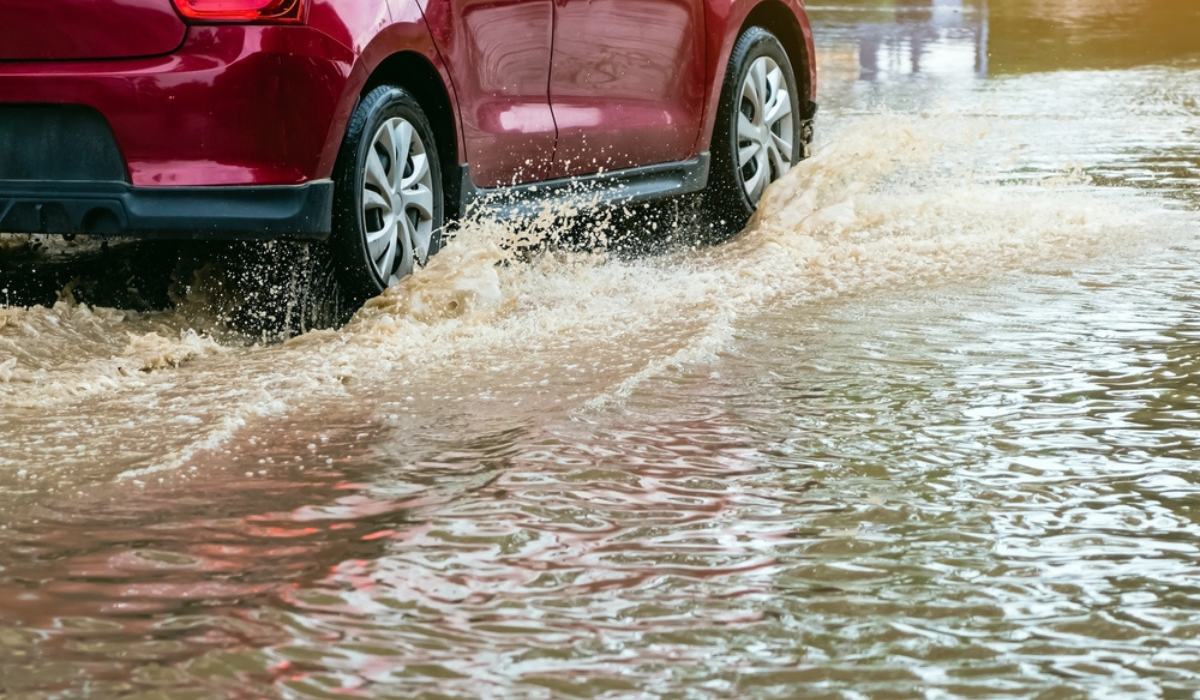For most people, the monsoon season is synonymous with road trips, fun and adventure. However, the incessant rains in India during this time often result in waterlogging and reduced visibility on the roads, Thus, it is crucial to have safety measures in place for your vehicle so that you have a pleasant travelling experience. In this article, we bring you some essential maintenance and driving tips to keep your vehicle monsoon-proof.
Check and fix wipers before monsoon starts
Windshield wipers help keep you safe on the roads. Hence, they must be in proper working condition to avoid any problems during a sudden downpour. The wipers are designed to be used when the windscreen is wet. Avoid running it when the windscreen is dry. Use defogger and wipers to keep the windshield clear when it rains.
Inspect headlights, taillights and indicators
Your car’s headlights, taillights and indicators help illuminate the road when heavy rains reduce the visibility on the roads. Check for cracks or breakage on the glass of the lights and fix them. It is important to turn on the headlights when it is raining. Avoid using high beams.
Avoid driving in flooded areas
It is safe to avoid driving in flooded areas or streets with standing water as it is difficult to assess the depth of water. Besides, there could be potholes. Driving in such areas can make your vehicle stop or it can get swept away. Choose an alternative route, if possible.
Check the braking system
You may have to use brakes while driving on a wet, slippery road. Thus, your car’s braking system needs special attention. Replace worn-out brake pads and brake rotors to enhance the system’s performance. Once you have moved out of the flooded area, dry the brakes. Push the brake a couple of times, thus generating heat in the brake rotors, which helps dry the brakes.
Look for leaks or rust
Identify any leaks and rust in your vehicle before the monsoon arrives. Rusting can worsen during the wet season. Check if your car needs an anti-corrosion treatment.
Check road conditions, avoid unexpected turns
One should avoid driving at high speeds during rain. Avoid sudden turns or lane changes. Brake and accelerate gently to avoid skidding. Maintain adequate distance from other vehicles. Further, stay updated on weather predictions and road conditions before planning your journey.
Monitor the air conditioning system
Remember to ensure your car’s air conditioning (AC) system is functioning properly. The performance of the defogger, which helps maintain clear windows, will depend on your AC system’s optimal performance.
Check tyre’s tread depth
Low tire tread depth on a wet road can cause a car to skim on the water surface, leading to loss of control. Hence, ensuring the tyres, even the spare, have good pressure levels is essential. Maintain a tread depth above the safety limit set by the tyre manufacturer.
See also: Top 5 checks to enjoy a safe monsoon
| Got any questions or point of view on our article? We would love to hear from you. Write to our Editor-in-Chief Jhumur Ghosh at jhumur.ghosh1@housing.com |






